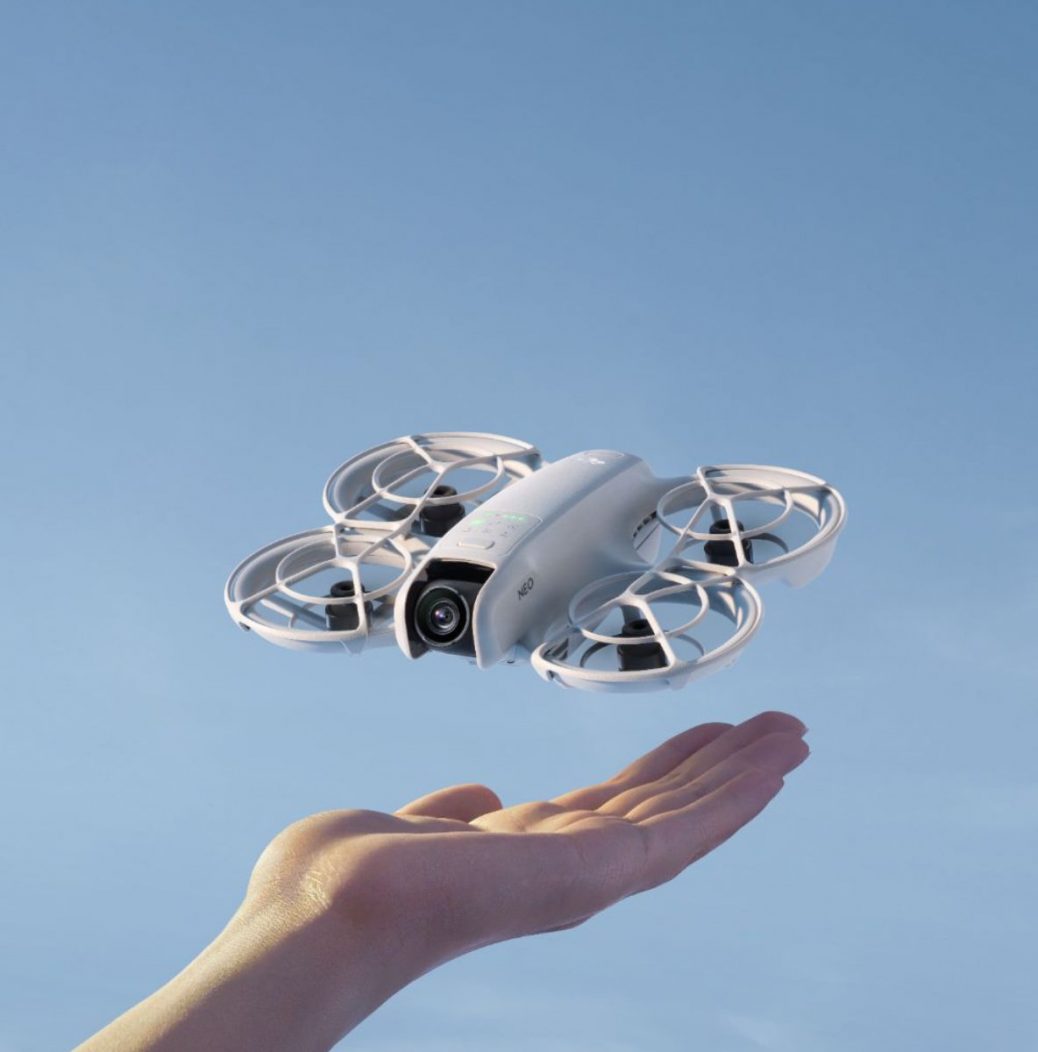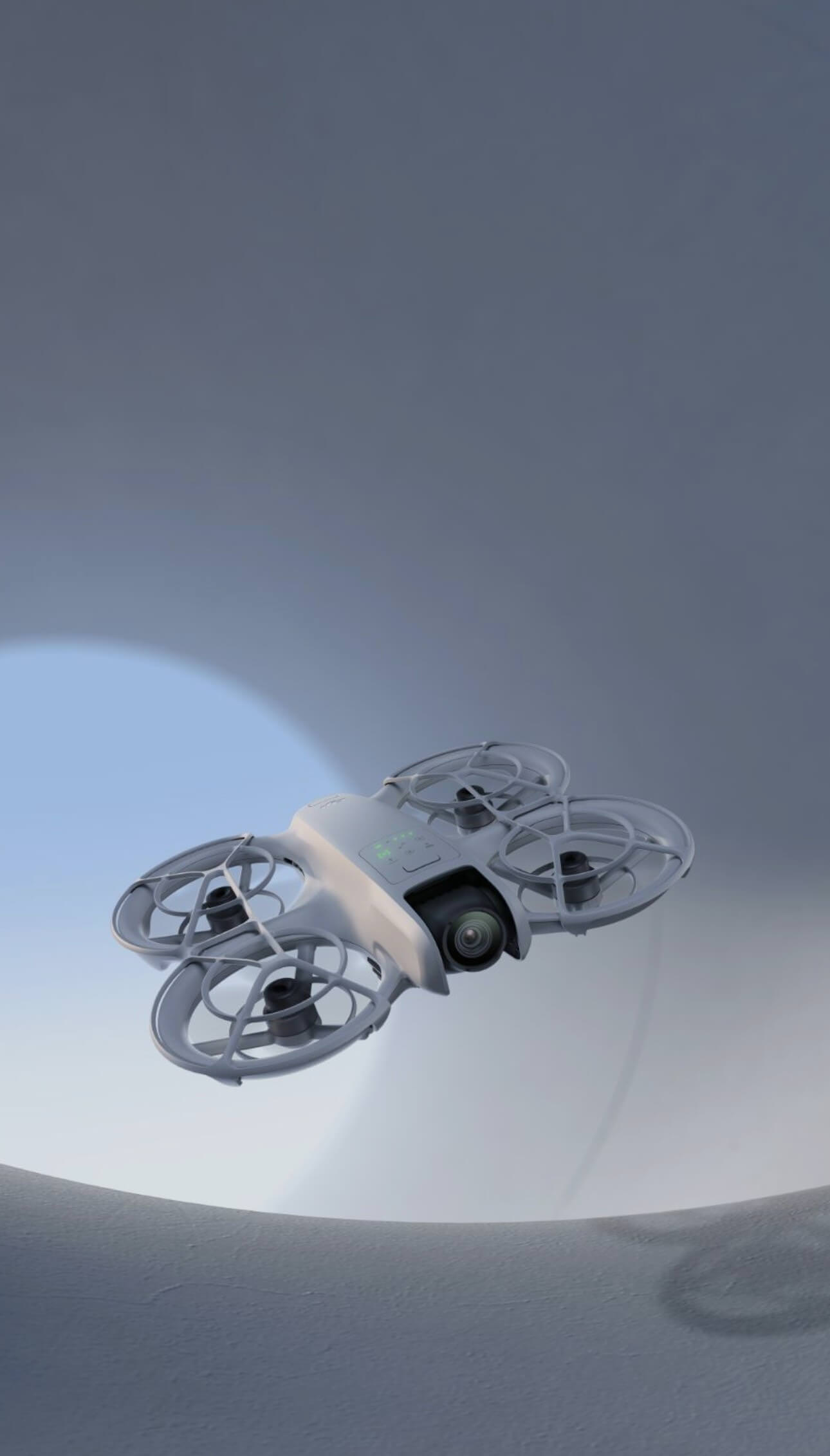DJI Neo Is a Light and Compact Selfie Drone
With its $199 DJI Neo selfie drone, DJI targets the most critical sector of almost any technological market: entry-level users. The DJI Neo is a palm-sized selfie drone weighing only 135 grams, far less than the 250-gram weight limit required for drone registration in the United States. It’s DJI’s lightest and most compact drone yet.
“At DJI we are always studying everyday camera use so that we can help people capture their videos and photos in the most convenient way possible. The DJI Neo strives to give people the latest tech in the smallest form factor so that they can capture their daily lives, saved as treasured memories, safely and with ease,” said Ferdinand Wolf, Creative Director at DJI.
The Neo uses a Type 1/2 (6.4 x 4.8) sensor and a 14mm full-frame equivalent F2.8 lens to produce 12MP photos. It can record in 4K/30 or 1080p at up to 60fps. If you do not use electronic image stabilization, the video will be 4:3; however, if you enable the ‘RockSteady’ or ‘HorizonBalancing’ option, it will be 16:9. The drone also includes a hardware single-axis (up/down) gimbal to help keep footage steady even in moderate wind.
The drone’s controls are suitable for beginners and casual photographers. A button on the top lets you choose the drone’s mode of operation; by default, it will follow you, utilizing ‘AI algorithms’ to keep you in the frame even if you’re moving swiftly on a skateboard or bicycle.
From there, you may hold it, and it will take off. Once it detects you as a subject, you will begin recording. The method by which you land it will vary depending on the mode it is in; however, it can also return and land in your palm.
The drone also features a ‘QuickShots’ capability, which allows it to do a specified movement, such as circling you or zooming straight up into the sky while keeping you in the center of the shot. You can choose a QuickShot mode using the button or the drone’s app.
Neo also has manual control alternatives, such as an associated smartphone app that can be utilized with voice commands to provide hands-free operation. The program features virtual joysticks, akin to a first-person shooter game on a phone, and has a control range of up to 50 meters.
Users may instantly wirelessly upload film from Neo to their phone, making post-production and sharing easy even without a cable. The DJI Fly app also provides users with editing templates, sound effects, and tools to help Neo prepare his footage for posting and sharing.
The DJI Neo is available to order now for $199. It also comes in a $289 DJI Neo Drone Combo, which includes two extra batteries, a two-way charging hub, and an RC-N3 remote controller. The DJI Neo is expected to begin shipping on October 8th.


